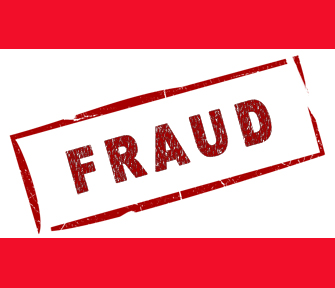Many industries are moving toward unannounced third-party certification audits and the food industry is no different. If regulatory audits are unannounced, why is the food industry reluctant to adopt unannounced third-party audits? There are a number of benefits to unannounced audits—most importantly is their positive impact on a company’s food safety culture and how they prepare facilities to face FDA inspections.
Unannounced audits for food are required for many third-party certification audits. Typically, regulatory audits are always unannounced. Unannounced audits help demonstrate compliance and provide confidence to all stakeholders that your manufacturing sites are operating on the same GMP level, day to day, shift to shift, for every day your organization is manufacturing and distributing food products. With announced audits, companies tend to prepare for them before they occur. However, if there is a significant amount of difference between your sanitary operations prior to and during an announced audit versus normal operating conditions, you are sending your employees the wrong message.
Although there are differences between certification schemes, the GFSI third-party unannounced audits usually have a 40- to 60-day window in which the audit must be completed to allow the certification body to complete technical reviews and review corrective actions so that the certificate does not lapse. If it is a surveillance audit, then the audit is more likely to be truly unannounced, but a company still has the option of using blackout dates and the auditor will verify that the request was necessary. The bottom line is most companies have a certain timeframe when they know unannounced audits will occur.
Leonard Steed will present “Unannounced Audits: Are You Ready?” on November 14 at the 2018 Food Safety ConsortiumThe biggest impact on third-party audits is when the audit score is directly related to financial incentives for employees. This situation motivates employees to pursue activities to achieve the maximum score, not directly related to food safety. Activities may include significant audit preparation to eliminate or reduce GMP deficiencies, reduce or control the auditor’s access to records or areas of known plant deficiencies, “auditor shopping”, and to appeal any audit finding that lowers the score. Switching auditors or appealing findings can be legitimate tools to correct a system when auditors make errors in judgement or behavior. The activities to achieve the highest score should be reasonably governed because they could take away from the primary goal to operate in a food safe mode.
The goal of an internal audit program is to be compliant with regulatory inspections and third-party certification requirements and should therefore be risk-based. Determine what factors present the most risk to an organization and then align internal audits with those risks. At this point in time, being able to perform well on a regulatory audit should be a primary concern. Since the FDA and state regulatory agencies usually perform unannounced inspections, it would seem necessary to have your food safety plan, prerequisite programs and operations in a constant state of readiness to mitigate the risk of potentially unsafe food in commerce resulting in a recall.
One way to evaluate your food safety culture is to anonymously survey employees at all levels of the organization to gather information on attitudes and opinions about food safety and institute changes to improve your position. Another way is to initiate change by instituting unannounced audits on all manufacturing shifts and require participation by all departments in the audit function to move away from “QA-centric” food safety verification systems. The significant change is that all departments would be involved as an auditor and responsible for maintaining regulatory compliance. For some companies, the inclusion of all plant departments in the audit function has moved the needle in the goal to improve their food safety culture. To further define food safety culture in other terms, it could mean adhering to GMPs all the time, the importance of accurately completing and verifying food safety records, and fostering consensus between departments on the severity of food safety nonconformances requiring prompt corrective action.
Maintaining GFSI certification is an excellent way to achieve food safety requirements for compliance with FDA inspections. Although not specifically required by GFSI, another application of your internal audit program is to review your regulatory policy by performing a mock FDA inspection to identify any gaps in hazard analysis, identify preventive controls including the supply chain controls, accurately complete food safety records, and provide examples of corrective actions when preventive controls were not completed properly, and environmental corrective actions. If you decide to perform a mock FDA inspection of your facility, do not forget to include the FDA Guidance document criteria, as it is important to understand what the FDA expects to see when they are evaluating your implementation. Your internal audit program is a proactive program to note nonconformances before they become full blown problems, so don’t be afraid to use it to its fullest extent.























